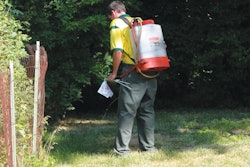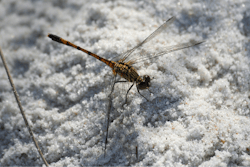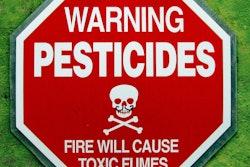
The EPA's Office of Pesticide Program's Conventional Reduced Risk Pesticide Program expedites the review and regulatory decision-making process of conventional pesticides that pose less risk to human health and the environment than existing conventional alternatives.
The goal of this program is to quickly register commercially viable alternatives to riskier conventional pesticides such as neurotoxins, carcinogens, reproductive and developmental toxicants, and groundwater contaminants. This ensures that these reduced-risk pesticides get into the marketplace and are available to LCOs as soon as possible.
The EPA says that reduced-risk pesticides offer several advantages:
- low impact on human health
- lower toxicity to non-target organisms (birds, fish, plants)
- low potential for groundwater contamination
- low use rates
- low pest resistance potential
- compatibility with Integrated Pest Management (IPM) practices
Several pesticides—from suppliers including Dow, DuPont, PBI/Gordon and Valent—have been registered as reduced-risk for use in commercial and/or residential turf settings since the program began in the mid-1990s.
Syngenta's Tenacity Herbicide, with the active ingredient mesotrione, represents a recent addition to that list. Mesotrione itself was first registered for commercial and residential turf in February 2009.
Visit the EPA website for more information on the Conventional Reduced Risk Pesticide Program.



















